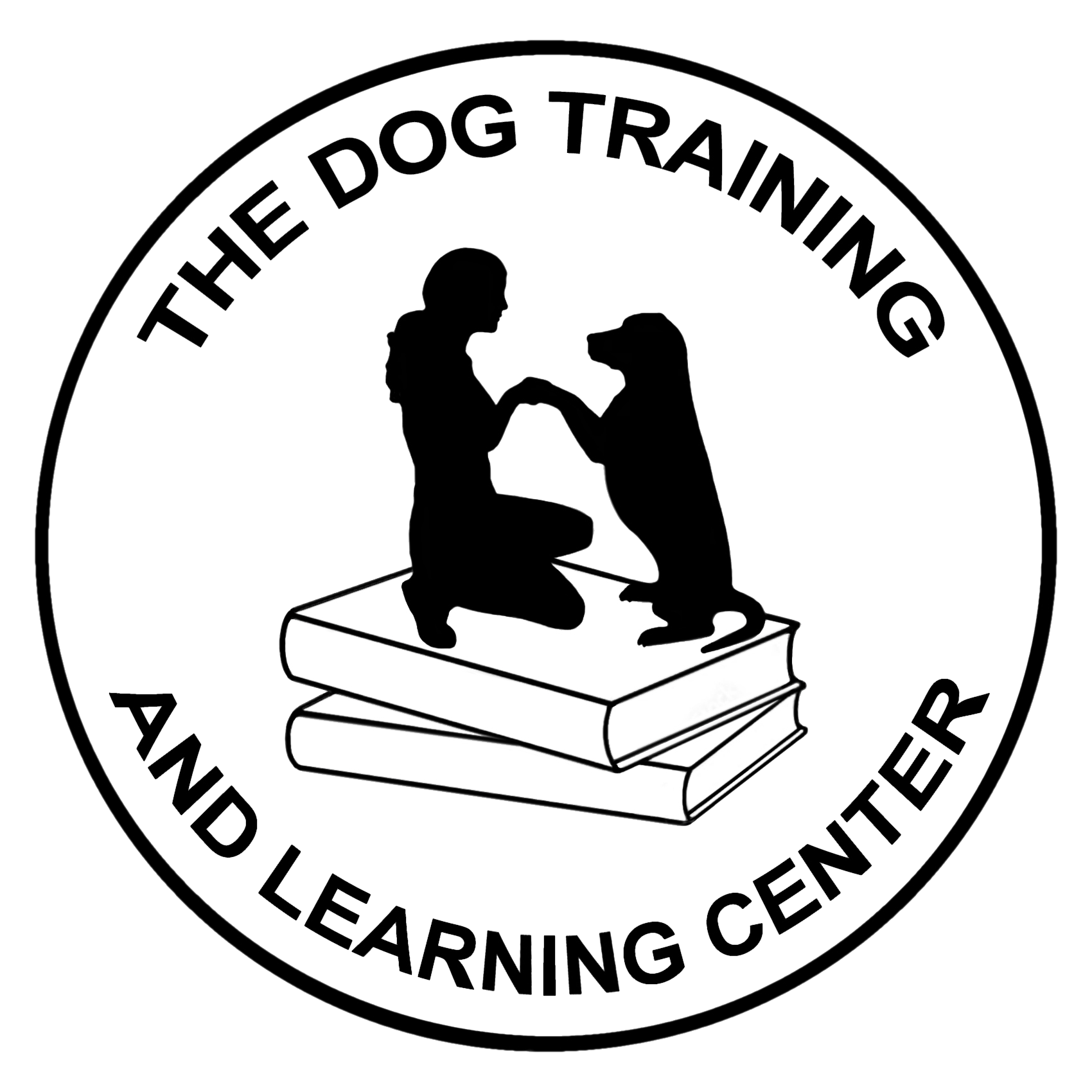When you begin working with your dog, you need to work in an environment with minimal distractions. All games should focus on learning the behaviors and the patterns first. It is like learning how to read… you have to learn the letters, then put them together to form words. After you create and understand words, sentences are made. Creating sentences indicates complex cognition and skills.
Dog training is similar because we have to create foundation behaviors and patterns with low distractions, so the dog can be successful and then gradually move to more difficult environments. More distractions mean more skills are utilized by the dog.
Training a dog in low distraction areas first is beneficial for several reasons:
1. Focus and Attention: Dogs are more likely to pay attention and focus on their training in environments with minimal distractions. When you start training in a low distraction area, your dog can concentrate better on learning and responding to your cues. Remember your dog, like you, has limited ability to pay attention. If all “circuits” are busy, such as all the senses are activated and overwhelmed at the park or a pet store, the dog is unable to focus well.
2. Reduced Stress: Introducing a dog to complex training tasks in highly distracting environments right from the beginning can be overwhelming and stressful for your dog. By starting in a low distraction area, you create a calmer and more controlled learning environment, thus allowing your dog to feel more comfortable and relaxed and able to focus during training sessions.
3. Success and Reinforcement: In a low distraction area, your dog is more likely to succeed in performing the desired behaviors or commands. This success provides positive reinforcement and builds your dog’s confidence.
4. Gradual Progression: Training in low distraction areas allows you to gradually increase the level of distractions over time. Once your dog has mastered a behavior in a controlled environment, you can gradually introduce distractions one at a time. This step-by-step approach helps your dog generalize the learned behaviors and adapt to different environments more effectively.
Training your dog in low distraction areas is just the initial step. As your dog becomes more proficient, it’s important to gradually expose them to higher distraction levels to ensure they can generalize their training and behave appropriately in various real-life situations.
Want to learn more? Go to thedogtrainingandlearningcenter.com











